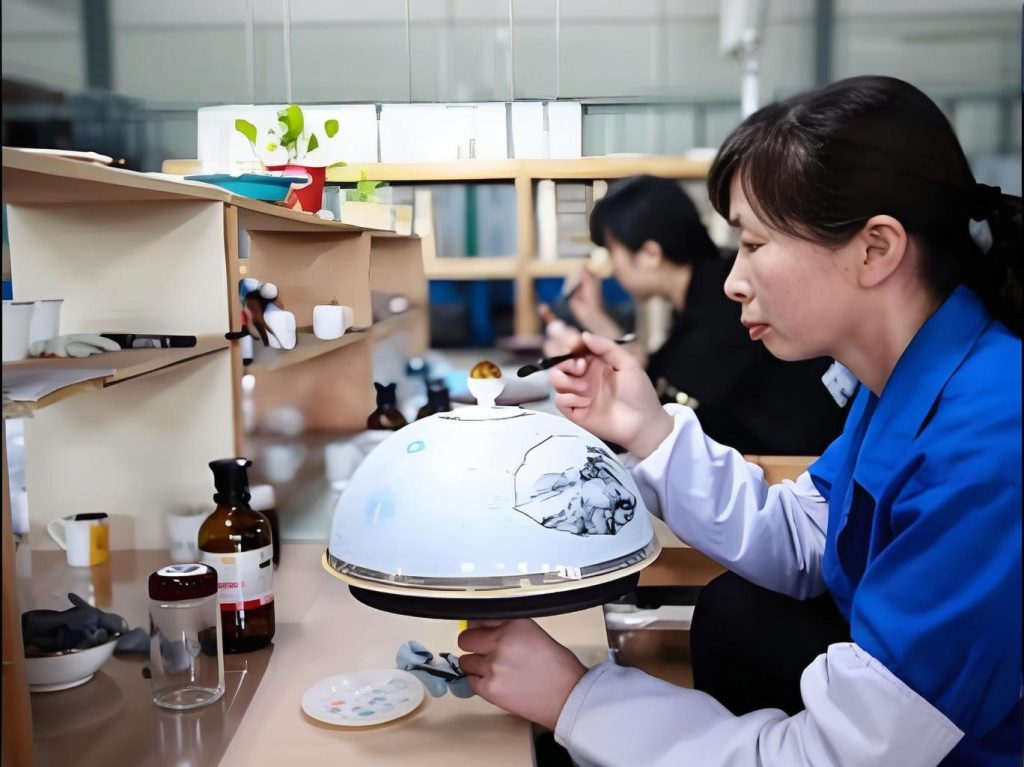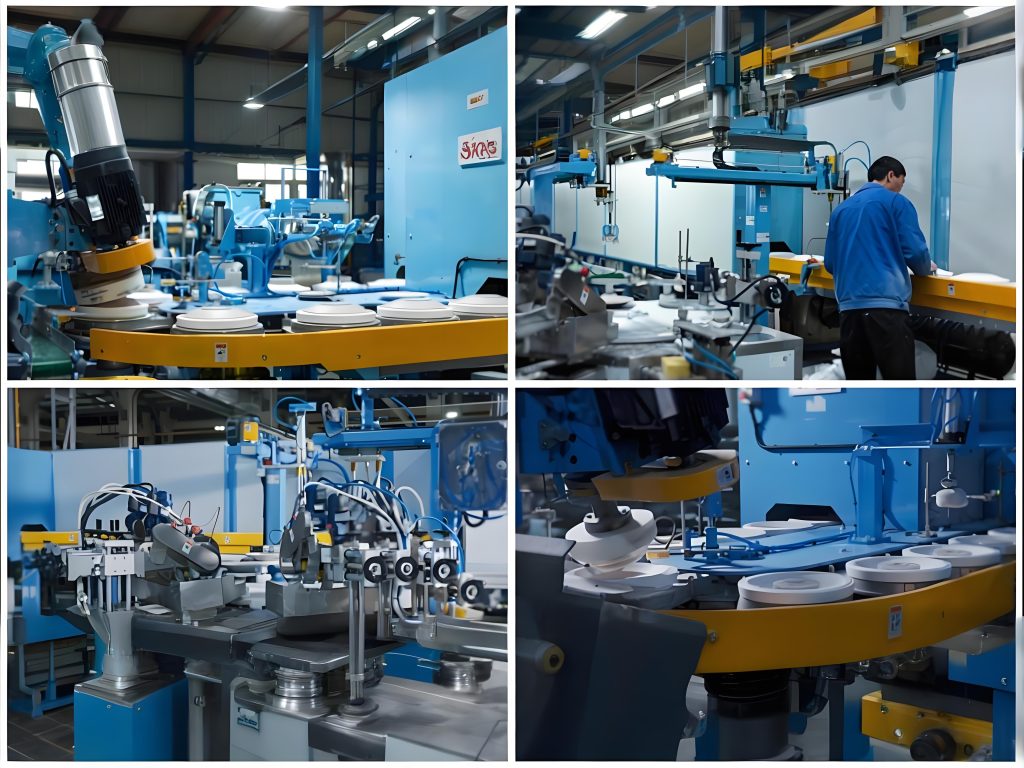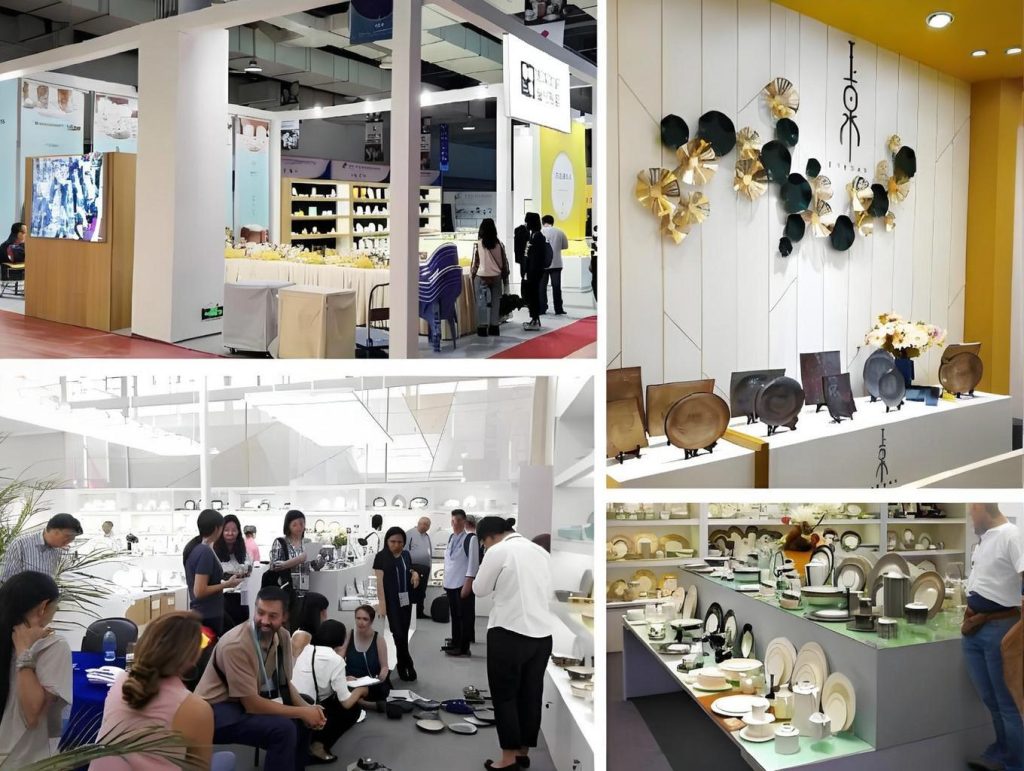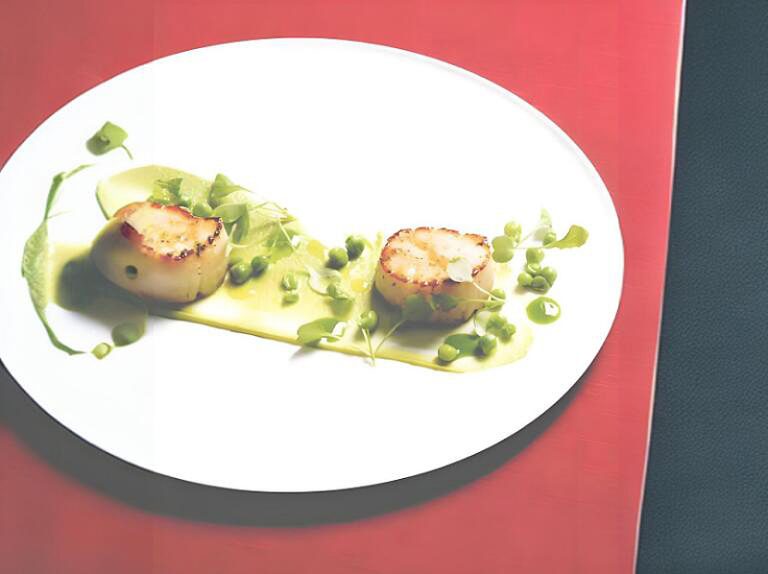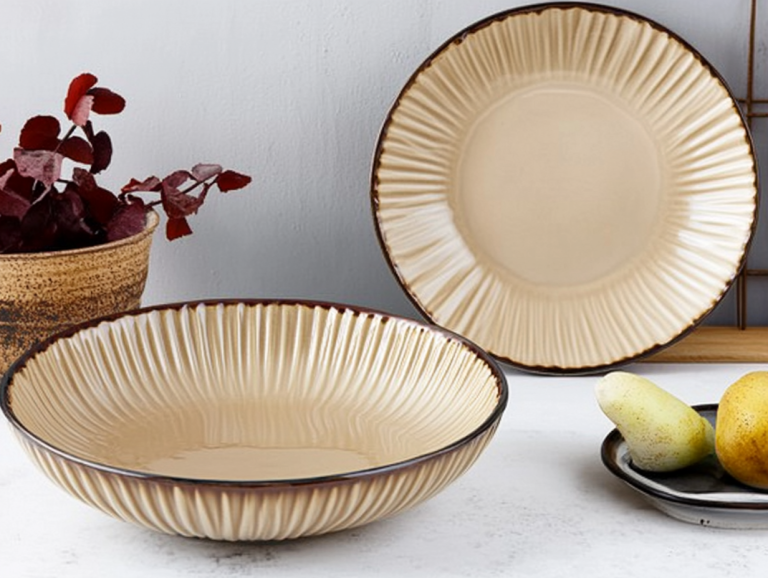From Silver Forks to Plastic Spoons: The Tableware Revolution in Nursing Homes
88-year-old Grandma Zhang sits at the nursing home dining table. She holds a thick plastic fork. Her silver utensils used for 50 years now only shine in memory.
This fork looks like it’s designed for children. Bulky handle. Exaggerated curves. That pure white color reminiscent of hospitals. But this seemingly “childish” utensil might be Grandma Zhang’s key to regaining independent dining ability.
Compromising from “Elegance” to “Practical”
In a Reddit nursing home work discussion area, one caregiver helplessly wrote: “Watching once-elegant elderly people daily eating with toy-like utensils makes me feel really conflicted.”
This sentence reveals nursing home tableware’s core contradiction: balancing dignity with practicality.
I initially thought adaptive utensils were designed too “obviously.” They seemed to remind everyone “I need help.” But later I understood something. When fingers can’t bend normally due to arthritis. When Parkinson’s makes every cup lift a challenge. Those “special-looking” designs actually guard the most basic life dignity.

Real Reddit Voices: Those Overlooked Details
In an r/dementia section, a certified dementia Montessori practitioner shared “dining with dignity” principles:
“Use high-contrast tableware to enhance visibility. Provide finger foods or adaptive utensils for those struggling with traditional utensils.”
This short sentence hides countless family tears.
Someone shared in comments: Grandma couldn’t find food on her plate after getting Alzheimer’s. Until caregivers switched to dark-colored plates. She started eating normally again. Apparently dementia affects elderly people’s color perception. Makes everything look grayish.
More interestingly, research found red tableware increases Alzheimer’s patients’ food intake by 24%. Liquid intake by 84%. Sounds magical right? But think about ourselves. Don’t we also get affected by tableware colors and shapes?
When “Tableware” Becomes “Tools”
In a lengthy nursing home kitchen discussion, an 8-year employee mentioned: “Many elderly complain meals are too monotonous. Chicken or white fish daily. With mashed potatoes and mixed vegetables.”
But the problem isn’t just food itself. Deeper is this: when ordinary forks become heavy as mountains. When simple cutting becomes impossible tasks. Even delicious food loses meaning.
One user with rheumatoid arthritis wrote: “My hands are like 80-year-old hands. But this doesn’t mean I don’t deserve normal utensils.” Her words reminded me something. Adaptive utensil design’s original intention should help elderly continue normal lives. Not constantly remind them “you’re old.”
Current market adaptive utensils are indeed improving. Some tableware manufacturers now emphasize appearance design. Making weighted forks still look elegant. Making curved spoons maintain certain beauty.
Those Overlooked Emotional Needs
A particularly touching story came from a nutritionist’s sharing:
One elderly person habitually ate fast food. Family brought him burgers and fries daily. But when family went on vacation, the old man stopped eating. Smart caregivers found fast food packaging boxes. They packed nursing home meals into them for him. A miracle happened—the old man started eating again.
This isn’t about food. It’s about habits, memories, and that “this is my life” feeling.
Same with tableware. A familiar fork might carry decades of dining memories. When we completely change its appearance for functionality, are we also unintentionally erasing part of life’s continuity?
Finding Balance: Both Practical and Warm
After deeply understanding this topic, I found the best nursing home tableware often has these characteristics:
First is “invisible help.” Best adaptive design makes elderly feel they’re using normal utensils. Like those forks with better weight distribution. They look no different from regular forks. But greatly reduce hand burden.
Second is personalized choices. Not all elderly need same help. Some only need thicker handles. Some need curved designs. Others need non-slip materials. One-size-fits-all solutions often solve nobody’s real needs.
Most importantly, maintain participation. Let elderly participate in utensil selection. Even just choosing between several colors. This helps them maintain life control sense.

Final Reflections
Grandma Zhang has now gotten used to her new fork. Though it’s not silver. Not elegant enough. But it lets her independently complete a meal. More importantly, she discovered other elderly around her also use various “special” utensils. This makes her no longer feel alone.
Perhaps true dignity isn’t about whether utensils are exquisite. It’s about whether everyone can have opportunity to eat a proper meal.
When we choose utensils for elderly, why not ask their thoughts? After all, this concerns not just function. More importantly, it’s a life attitude: even though body isn’t what it used to be. Still living decently, with dignity.
If you have any questions or need to custom dinnerware service, please contact our Email:info@gcporcelain.com for the most thoughtful support!

